Barrio del Carmen
Central Market
Valencia Aquarium Oceanografic
The Aquarium Oceanografic is a large oceanarium located in Valencia’s City of Arts and Sciences complex. It contains over 45,000 square meters of space and it is one of the largest in Europe. It contains a diverse collection of marine species from around the world, including dolphins, seals, penguins, and a wide range of colorful fish.
It is better to spend at least two to three hours exploring the Aquarium Oceanografic, as there is a lot to see and do. To make the most of your visit, it’s best to arrive early in the morning, when the aquarium is less busy, and to bring comfortable walking shoes, as there is a lot of ground to cover.
The best time to visit the Aquarium Oceanografic is during the summer months when the weather is warm and sunny. However, it is open year-round, so visitors can enjoy the aquarium regardless of the time of year.
Valencia's beaches
Valencia has several beautiful beaches, each with its own unique character and attractions. Some of the most popular beaches in Valencia are:
- Malvarrosa Beach: it is one of Valencia’s most famous beaches and is located in the city center. It is a long stretch of golden sand with plenty of sun loungers, umbrellas, and beach bars.
- Las Arenas Beach: it is a bit further out of the city center and is quieter and more peaceful than Malvarrosa. There are plenty of restaurants and cafes in the area to enjoy a meal or drink.
- Patacona Beach: it is a great option for families as it’s a bit further away from the city center, but it’s quieter and there’s plenty of room for children to play.
- El Cabanyal Beach: This beach is located in a quiet residential area and is popular with locals. It’s a bit further away from the city center, but it’s worth the journey for a more authentic and relaxed beach experience.
Explore Casco Histórico
Casco Histórico is the historic center of Valencia. This area is very picturesque with historic neighborhoods filled with narrow streets, beautiful plazas, and historic buildings. You can stroll there for hours and visit the Plaza de la Reina, the Cathedral of Valencia, and the Central Market. Casco Histórico is easily accessible by public transport, such as bus or metro. You can also walk from the city center, which will take around 15-20 minutes.
The best time to visit Casco Histórico is during the day when the streets are filled with activity and the buildings are beautifully lit. You can also wander the narrow streets and enjoy a coffee or a drink in one of the many outdoor cafes and bars. Additionally, Casco Histórico is famous for its traditional Valencian cuisine, and there are plenty of restaurants and cafes in the area to try local dishes such as paella.
Jardín del Turia
Jardín del Turia is a stunning park that offers a wide range of attractions and activities for visitors of all ages such as a sports center, children’s play areas, picnic areas, and several lakes and fountains. The Jardín del Turia is a former riverbed that was converted into a park in 1986. It is approximately 9 kilometers long and runs through the city and it has several bridges that cross the park.
The park is easily accessible from many parts of the city by foot, bike, or public transportation. The closest metro station is Alameda, which is just a few minutes walk from the park. The best time to visit Jardín del Turia is during the spring and fall months when the weather is mild.
Wander through L’Umbracle
L’Umbracle is a large park that covers an area of approximately 50,000 square meters. It is located in the heart of Valencia and is one of the city’s most famous landmarks. The park is home to numerous beautiful landscapes and unique architectural features, making it a popular destination for tourists and locals alike.
The park is free to visit and is open 24 hours a day, seven days a week. It is a great place to relax and enjoy some peace and quiet away from the busy city center. You can bring a picnic or sit on one of the many benches and enjoy the beautiful surroundings. The park is also a popular spot for jogging, walking, and cycling. Additionally, you visit the nearby attractions such as the City of Arts and Sciences and the Central Market.
L’Umbracle is easily accessible by public transportation. You can take the metro to Alameda Station and walk to the park from there. Alternatively, you can take a bus or taxi to the park. L’Umbracle is an all-year-round destination and can be visited at any time of the year. However, the best time to visit the park is during spring or autumn, when the weather is mild and the landscapes are at their most beautiful.
Check out Valencia’s street art
Valencia is known for its rich and vibrant street art scene, with many of its walls, alleys, and even buildings transformed into works of art. Some of the most popular street art locations in Valencia are El Carmen, Ruzafa, and El Cabanyal. While you stroll in these neighborhoods, you will find a wide range of styles, from colorful murals to political and social commentary.
One of the most well-known street artists in Valencia is Guido van Helten, who is famous for his large-scale portraits. His works can be seen in El Cabanyal and other parts of Valencia. Another popular street artist is Dulk, whose signature style is characterized by cartoon-like characters and vivid colors.
Many local and international street artists have left their mark on Valencia, making it a must-visit destination for street art enthusiasts. To fully appreciate Valencia’s street art, it is best to explore the city on foot and wander through its various neighborhoods. You can also take guided street art tours to learn more about the local street art scene and the artists behind the murals. These tours usually will take you to some of the most iconic street art locations.
Plaza de la Virgen
Plaza de la Virgen is a historic square located in the center of Valencia. The square is surrounded by historic buildings and monuments that make it an interesting place to visit. Plaza de la Virgen is named after the famous statue of the Virgin Mary that sits in the center of the square. This statue was brought to Valencia by King James I in the 13th century and is considered a symbol of the city.
Plaza de la Virgen is easily accessible by public transportation. The closest metro station is Colón, which is just a few minutes walk from the square. Alternatively, you can take a taxi or walk from your hotel. Plaza de la Virgen is a busy square, so be prepared for crowds, especially during peak tourist season.
The best time to visit Plaza de la Virgen is during the day when there’s daylight and the monuments are visible.
Colorful streets of Cabanyal
One of the most neighborhoods in Valencia is Cabanyal located in the east of Valencia. Cabanyal is famous for its colorful buildings, narrow streets, and authentic atmosphere. Many of the buildings in Cabanyal are painted in bright colors, giving the neighborhood a unique and vibrant appearance.
Cabanyal was originally a fishing village, and it still retains much of its traditional character. In addition to its picturesque streets, Cabanyal also has a number of bars and restaurants, making it a great place to stop for a bite to eat or a drink. There are also several street markets in the area, where visitors can buy local products and souvenirs.
To get to Cabanyal, you can take the tram from the city center, or take a short taxi or bus ride.
Serranos Towers
Serrano Towers (Torres de Serrano) are two medieval towers located in the old town of Valencia and are considered to be one of the best-preserved towers in the city. The Serrano Towers were built in the 14th century as a fortification for the city of Valencia and served as a prison for many years.
When visiting the Serrano Towers, be prepared to climb several flights of stairs to reach the top of the towers. There is no elevator or lift available, so visitors with mobility issues may find it difficult to make the climb. Additionally, the museum can be crowded on weekends and holidays, so it’s best to plan your visit accordingly.
The Serrano Towers can be easily reached by foot or by public transportation. The closest metro station is Xativa, and the towers are also well-served by several bus lines. Additionally, there are several parking garages located nearby for those who prefer to drive.
Tapas tour & Paella
Valencia is famous for its delicious cuisine, and what better way to experience it than by taking a tapas tour or trying the city’s most famous dish, paella. A tapas tour is a great way to sample a variety of local dishes such as patatas bravas, croquettes, and of course paella! Don’t forget to combine your tapas experience with a cold sangria – Thano’s favorite!
Paella is one of Valencia’s most famous dishes and it is a traditional Valencian rice dish, cooked with a mixture of ingredients such as saffron, chicken, rabbit, and beans. There are many different variations of paella, but the most traditional is Valenciana, which is made with chicken, rabbit, and green beans.
Parque Gulliver
If you’re strolling through the Jardin del Turia with children, make a stop at this imaginative attraction near the City of Arts and Sciences. It is based on Jonathan Swift’s classic work, Gulliver’s Travels, written in the 18th century.
You’ll feel like a Lilliputian at the park, and kids will have a blast scrambling over the giant figure of Gulliver prone on the ground.
There are slides, ramps, stairways, and various interactive features. A skating rink, a giant chessboard, and a mini-golf course are also part of the attraction.
Las Fallas
This March festival is one of the largest in Valencia and it is a UNESCO-protected cultural heritage event. It celebrates the arrival of spring by having locals build huge model heads and sculptures, which are then burned down in a dramatic finale. According to legend, this “build and burn” commemorates a Pagan tradition in which people gathered their unwanted possessions in the streets and then burned them all to welcome spring. Las Fallas lasts a full month. Prepare to party until the early hours of the morning!


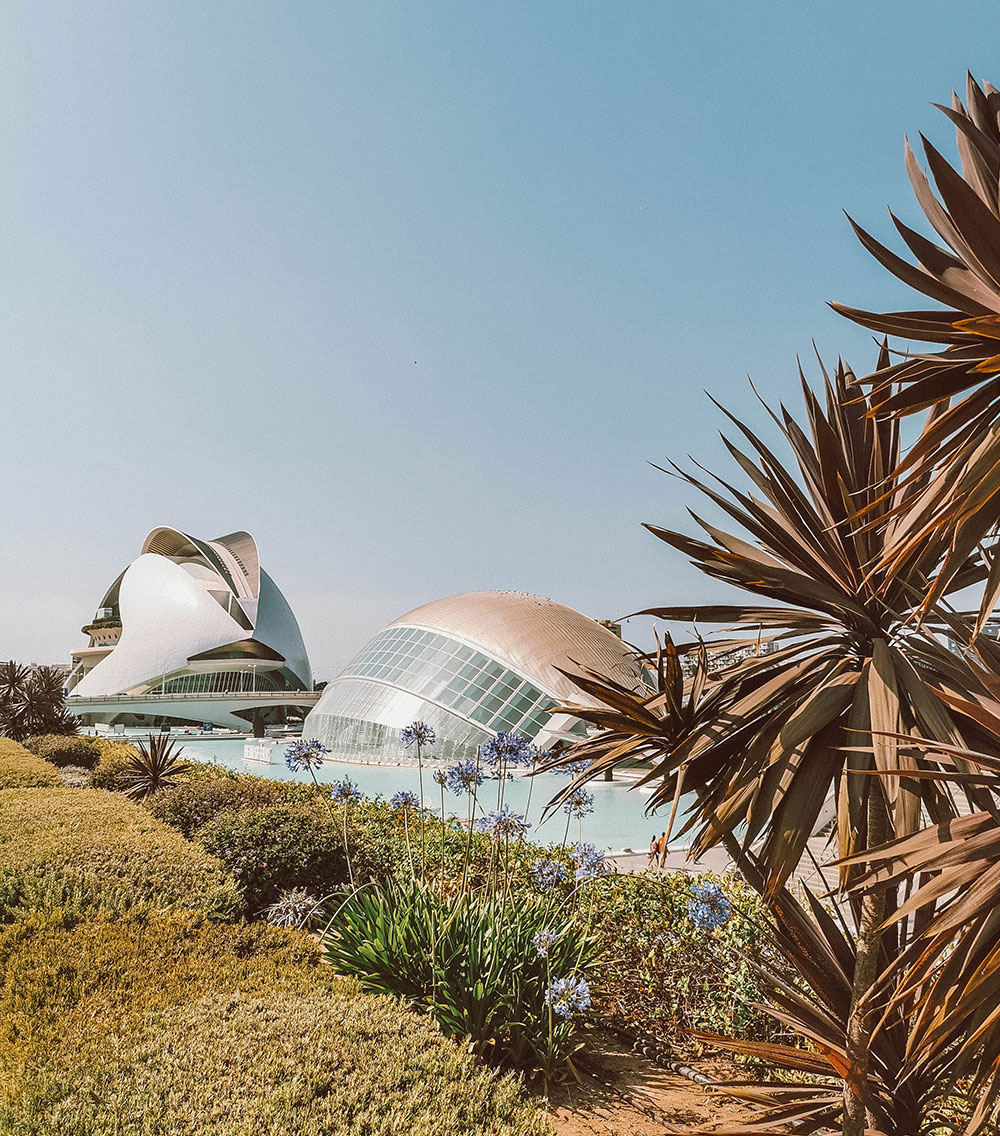

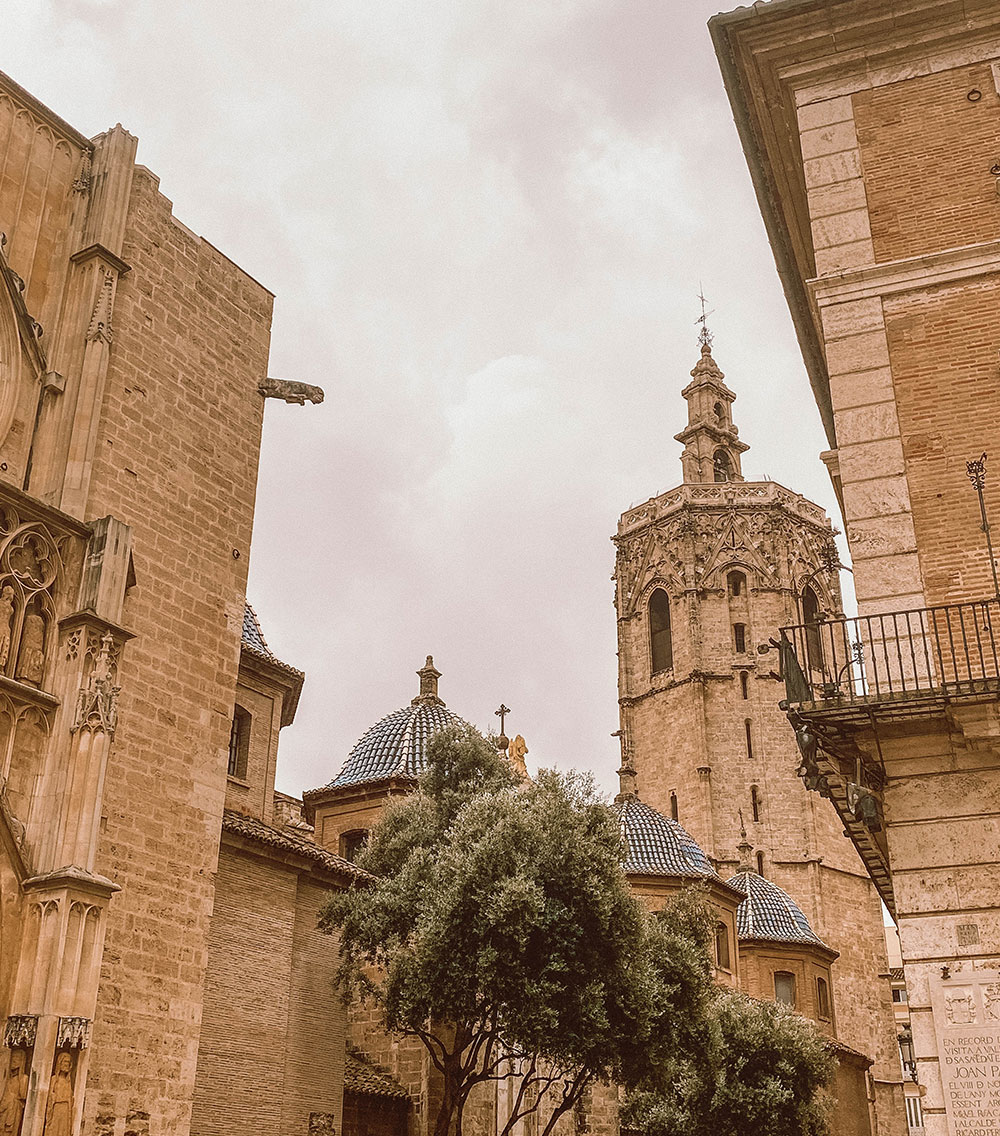


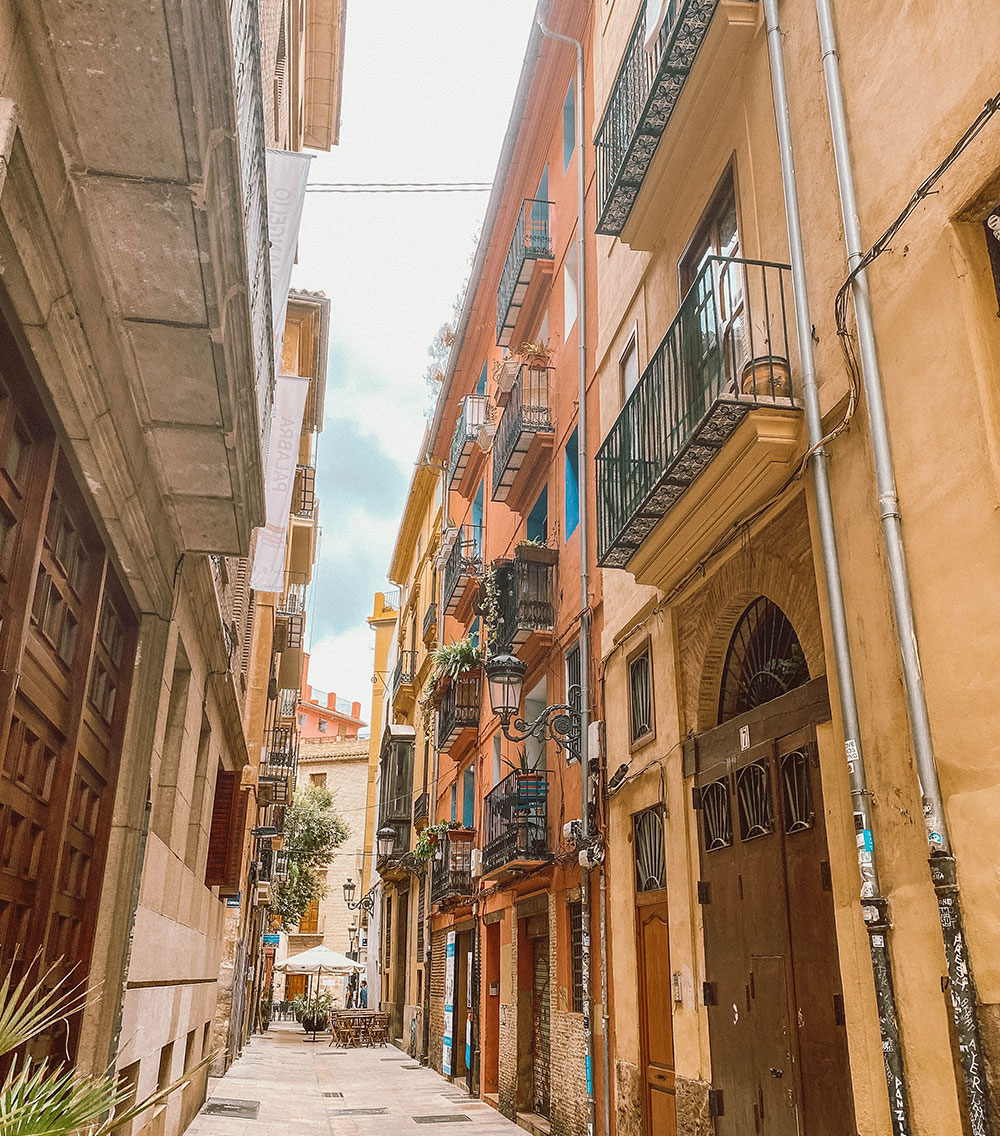
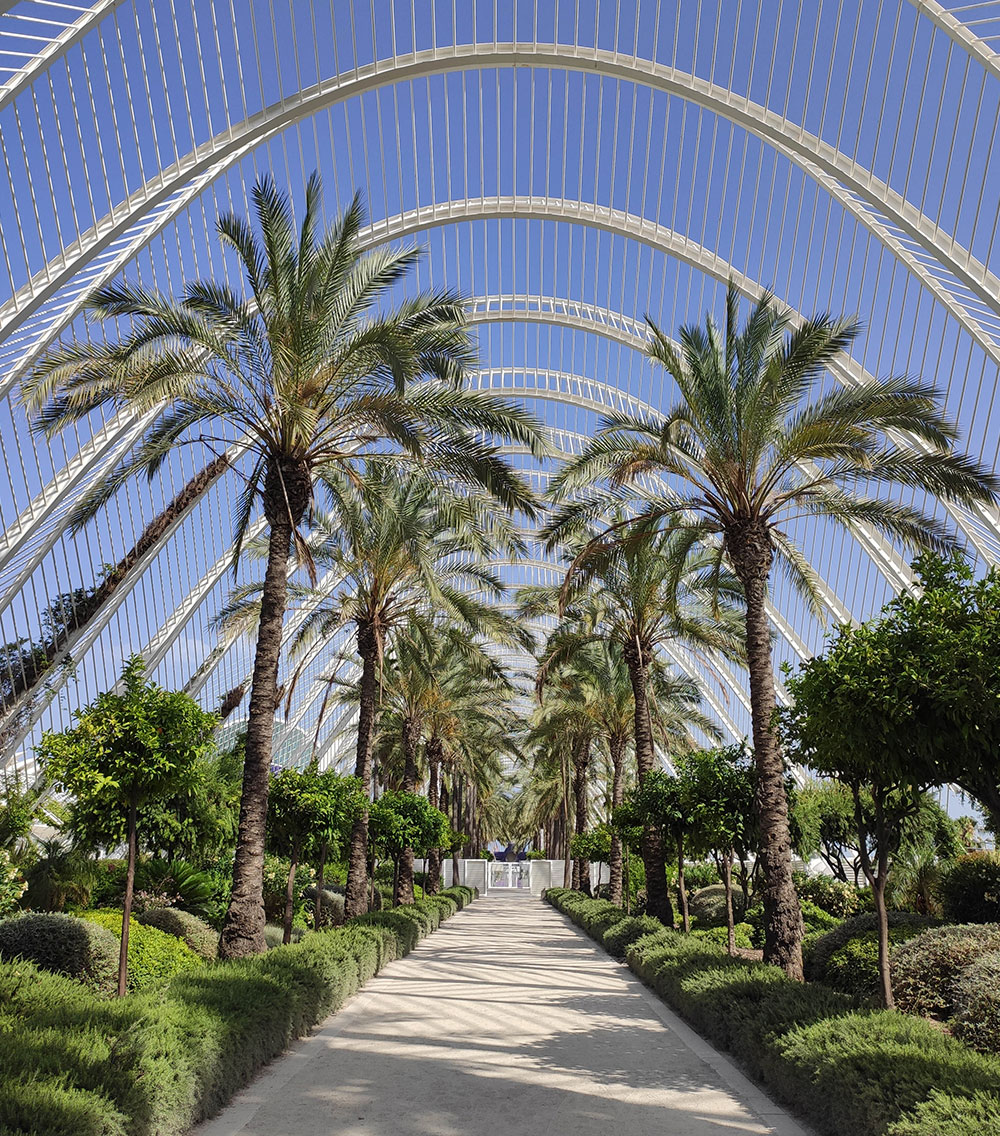


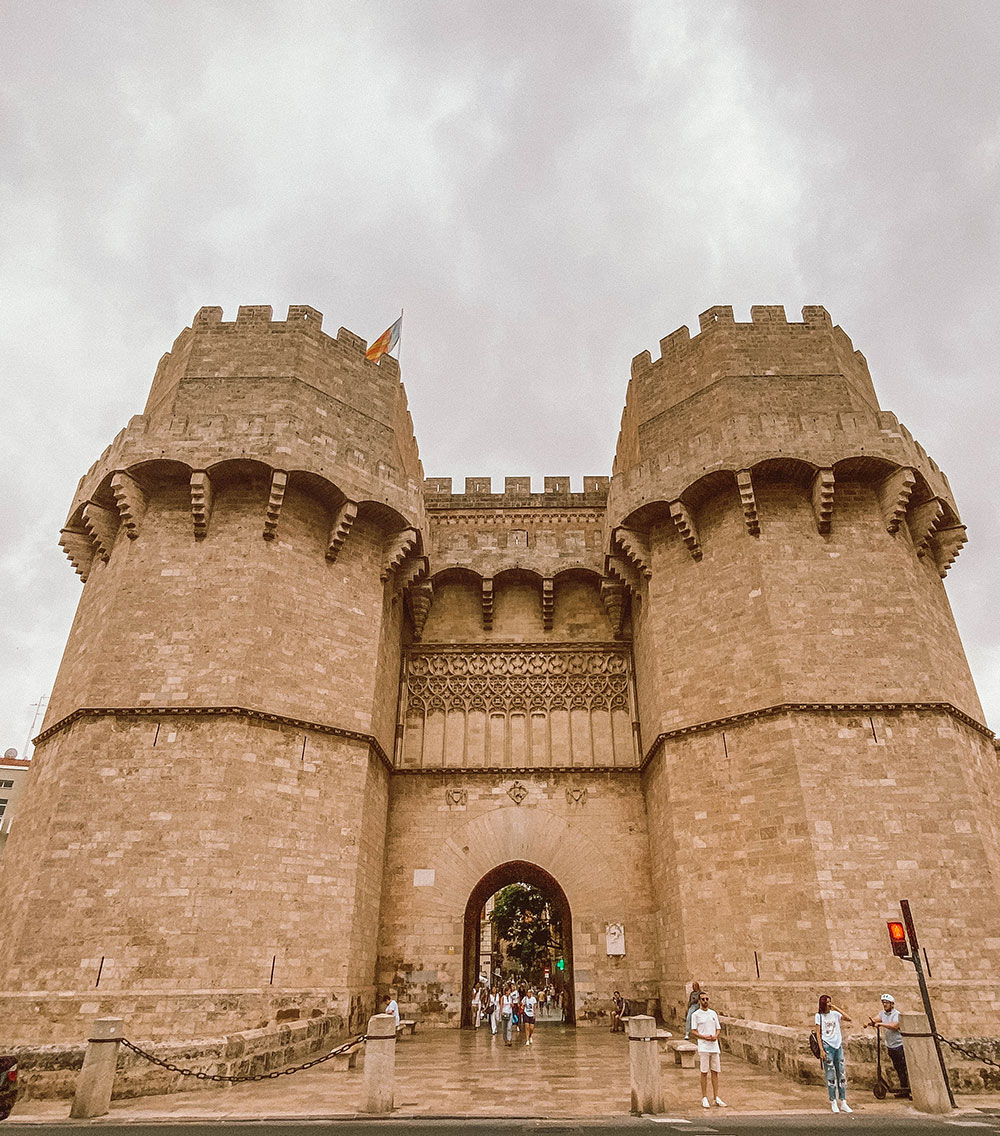


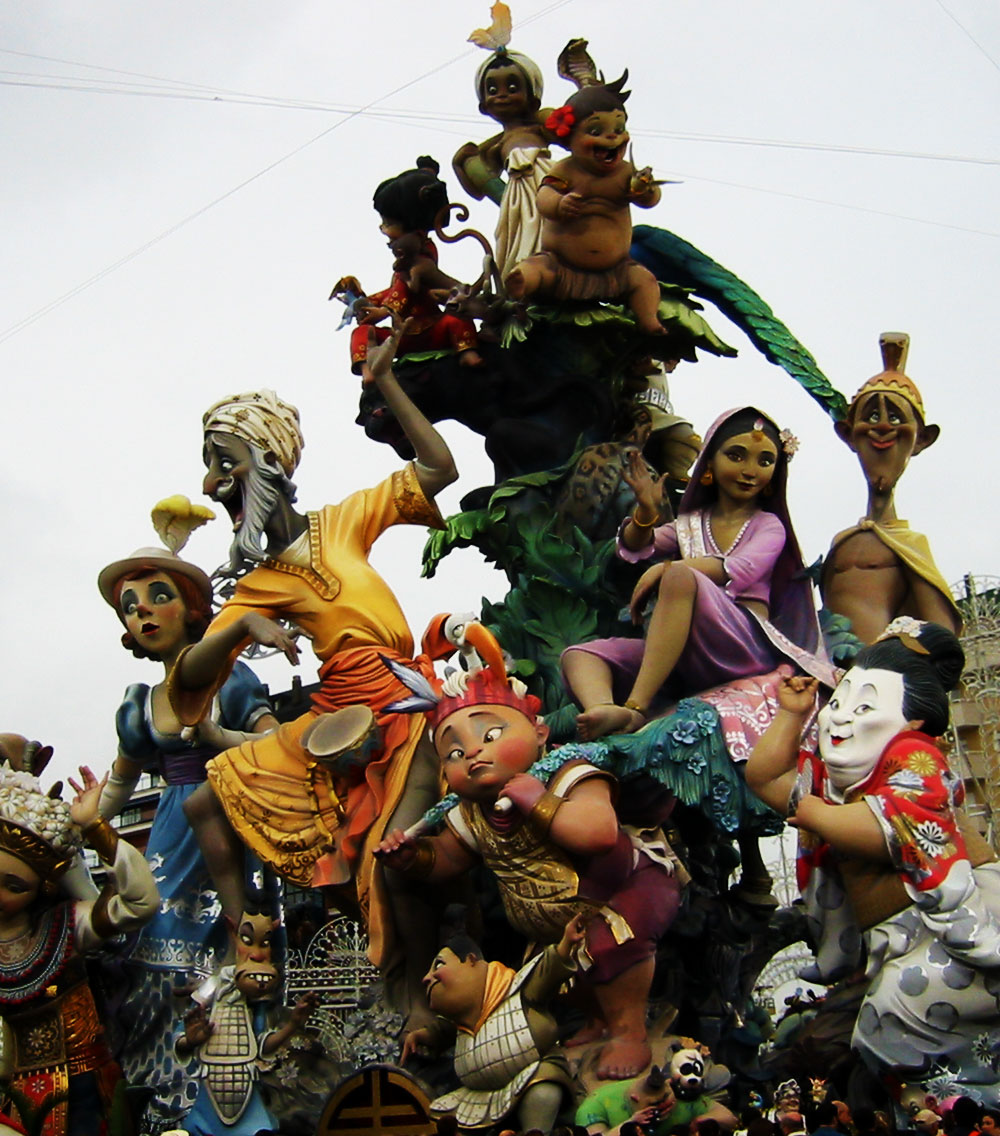
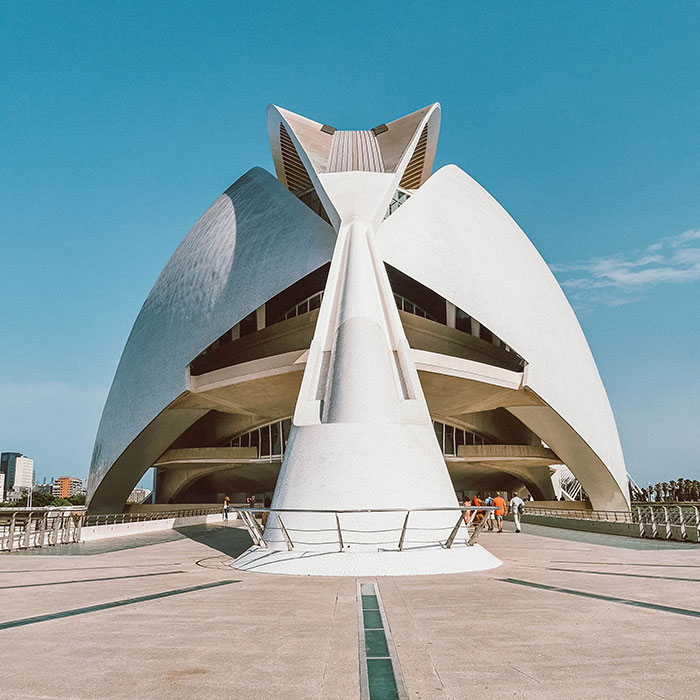
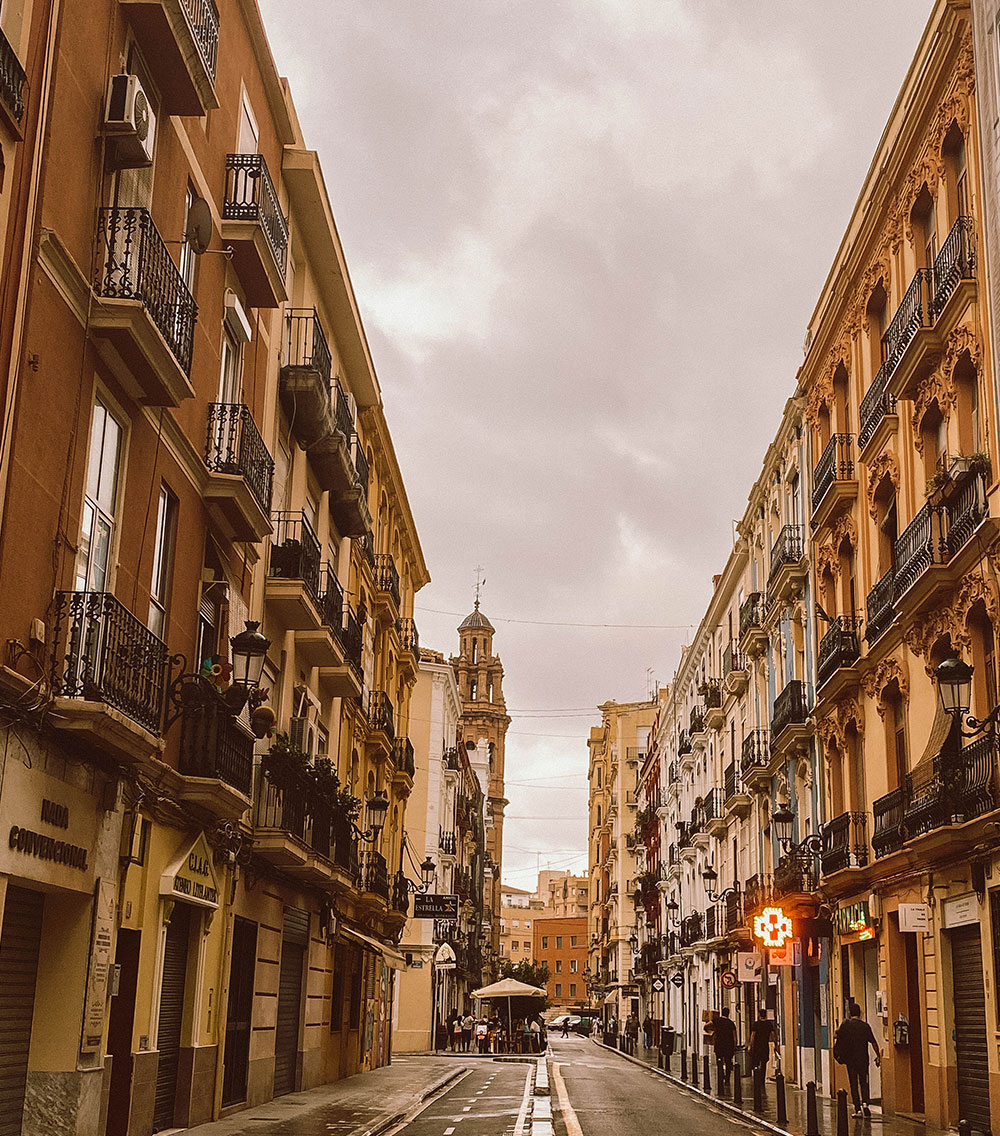

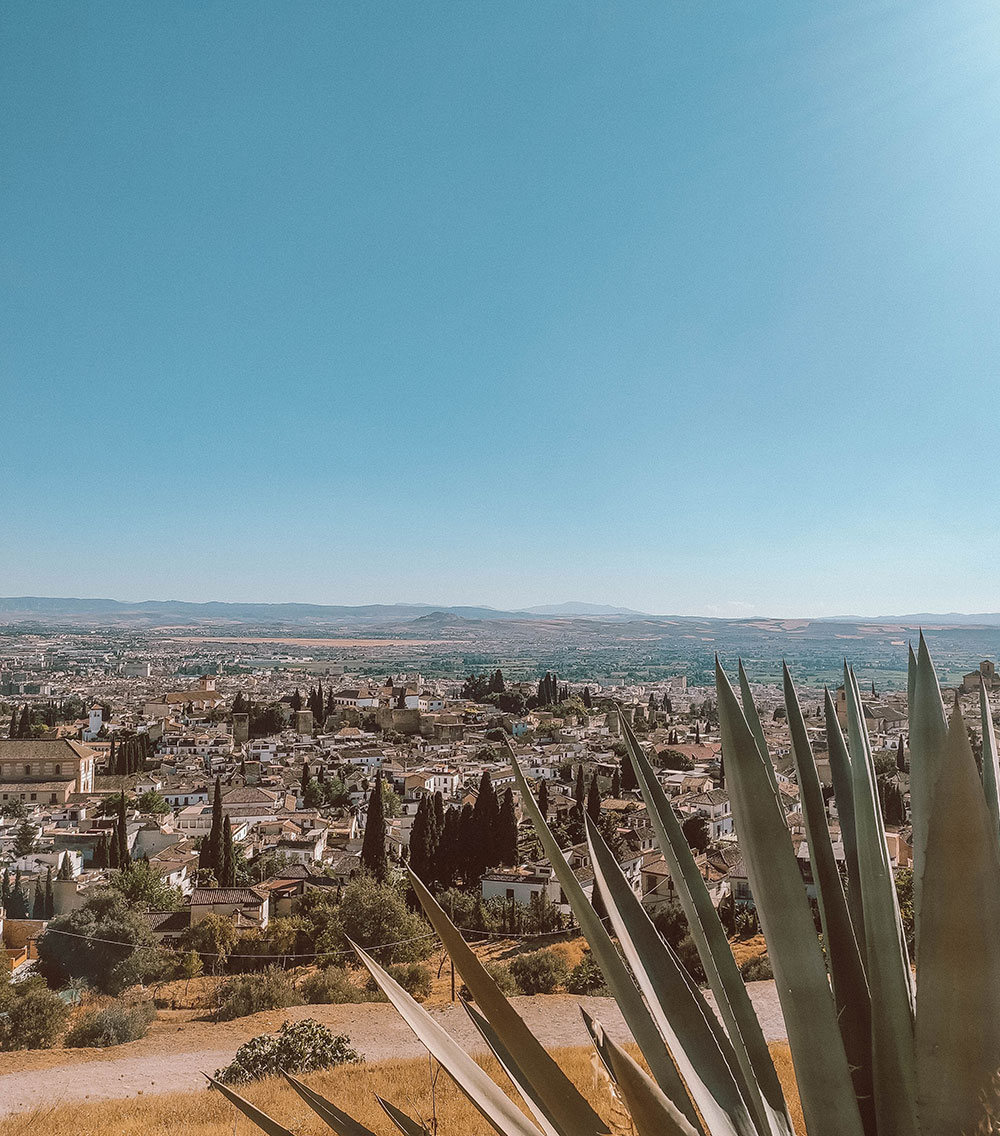


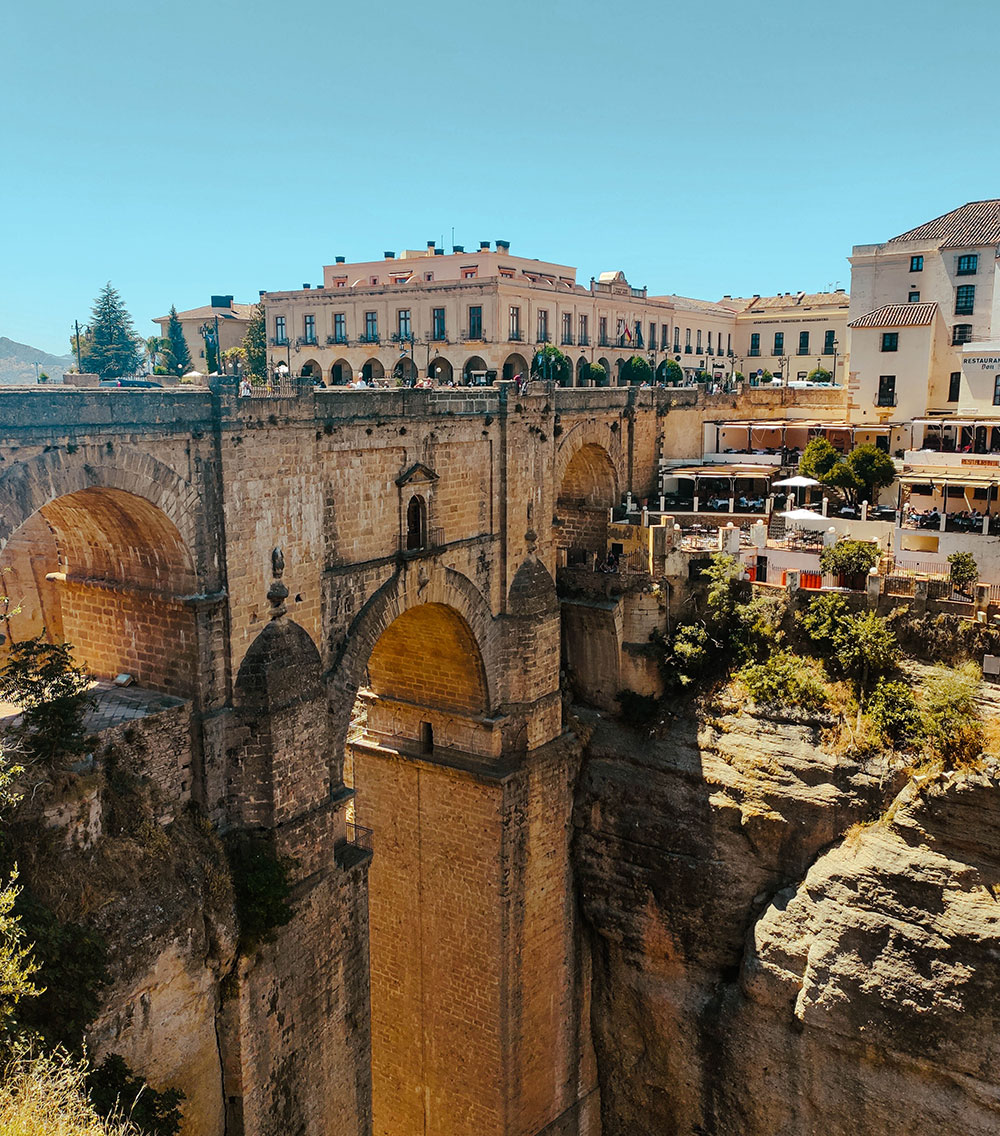
No Comments